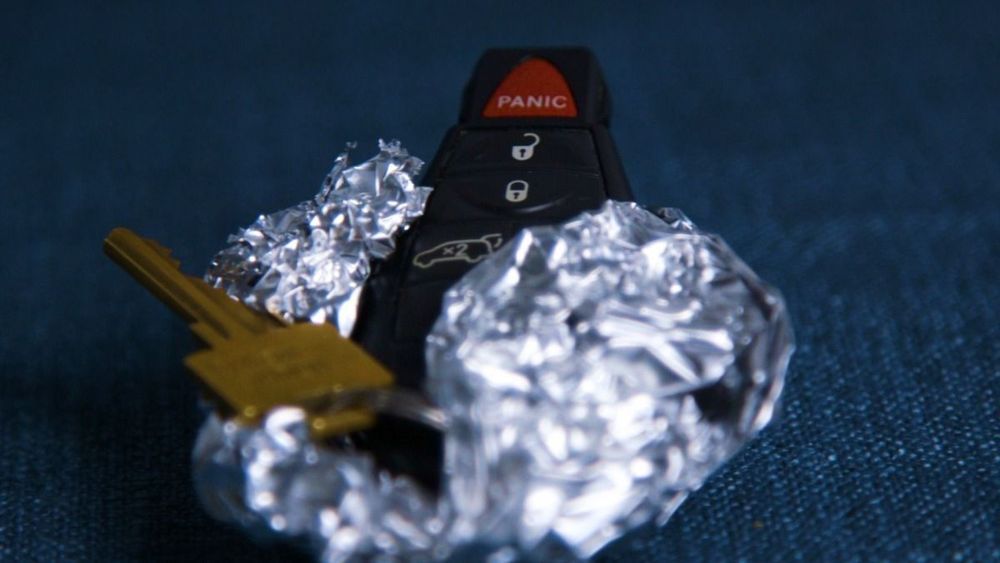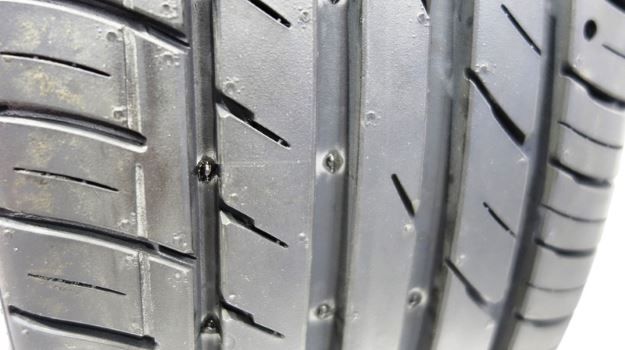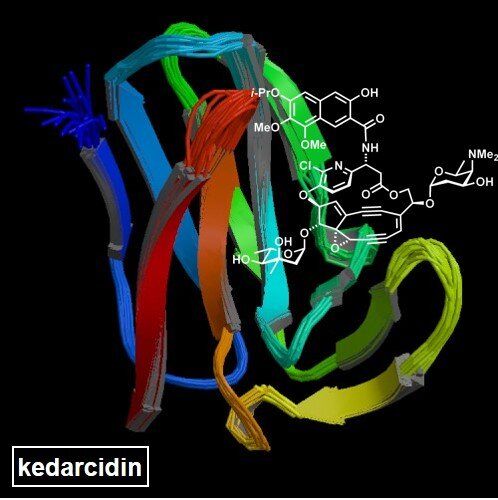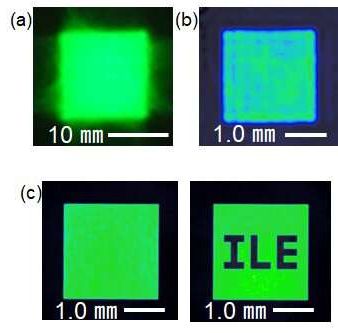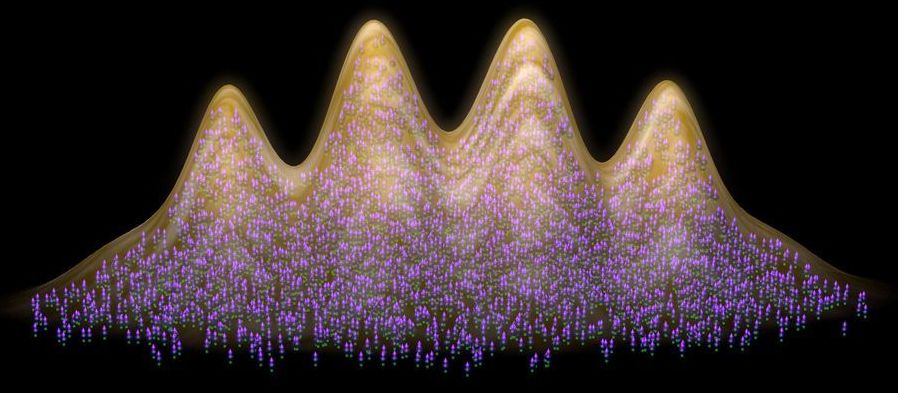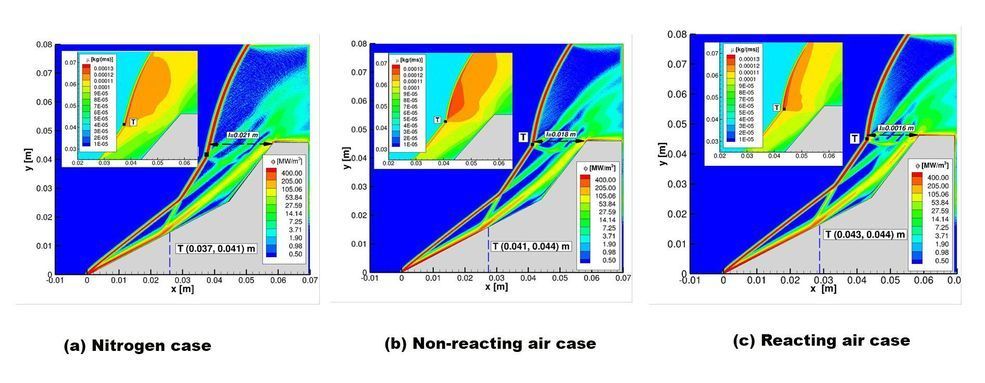Apr 24, 2019
Artificial Intelligence Can Detect PTSD in Your Voice
Posted by Quinn Sena in categories: biotech/medical, information science, mobile phones, robotics/AI
For years, post traumatic stress disorder (PTSD) has been one of the most challenging disorders to diagnose. Traditional methods, like one-on-one clinical interviews, can be inaccurate due to the clinician’s subjectivity, or if the patient is holding back their symptoms.
Now, researchers at New York University say they’ve taken the guesswork out of diagnosing PTSD in veterans by using artificial intelligence to objectively detect PTSD by listening to the sound of someone’s voice. Their research, conducted alongside SRI International — the research institute responsible for bringing Siri to iPhones— was published Monday in the journal Depression and Anxiety.
According to The New York Times, SRI and NYU spent five years developing a voice analysis program that understands human speech, but also can detect PTSD signifiers and emotions. As the NYT reports, this is the same process that teaches automated customer service programs how to deal with angry callers: By listening for minor variables and auditory markers that would be imperceptible to the human ear, the researchers say the algorithm can diagnose PTSD with 89% accuracy.
Continue reading “Artificial Intelligence Can Detect PTSD in Your Voice” »

